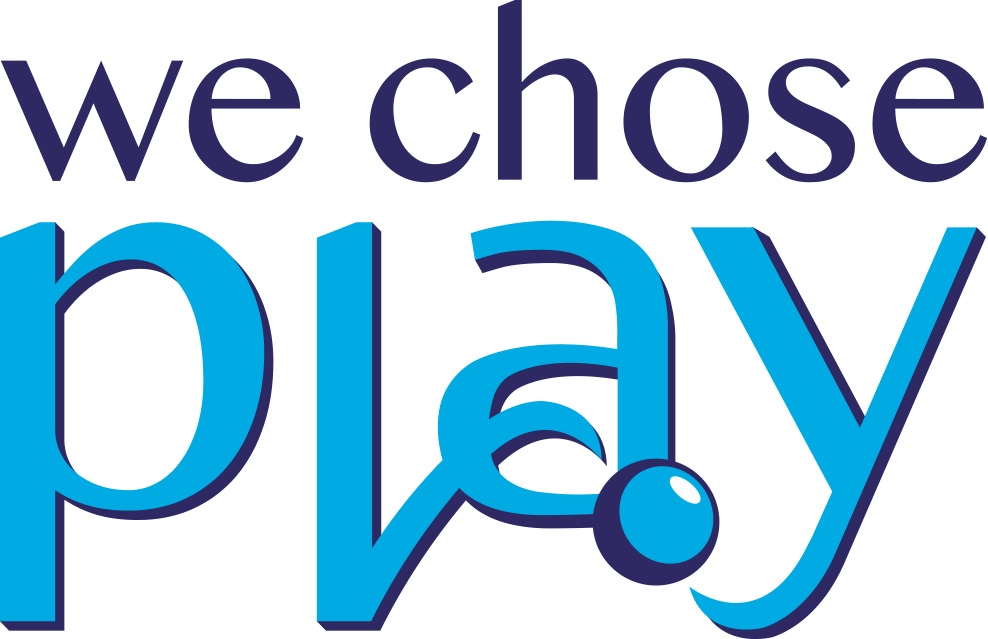This week I’ll talk about something so essential to the DIR model: Individual Differences. Dr. Stanley Greenspan’s writing is so easy to read and so intuitive. His eloquent description cannot be replicated by me, but I will give you my best interpretation.
Humans have higher intellectual capacities than any other species because we are not born independent. Our dependency as infants allows the environment to influence the way we develop in our early years. That is, our experiences help wire the brain in different ways in order to adapt to uncertain environments. It’s how we’ve evolved over time and the reason we’ve survived for so long.
Each infant comes into this world with a unique underdeveloped sensory processing system. Their sensory processing is their first experience with the world. So, the first way that an infant develops out of the womb is through the senses.
There are unique differences for each of the following senses: sight, sound, touch, taste, hearing, proprioception (body awareness), and the vestibular sense (movement and balance). Reading this far, you might already know your own child’s sensory preferences.
Dr. Greenspan calls this our biological underpinnings. For instance, some babies gush with delight when rocked in their parents’ arms. Others might cry because they do not like the movement. This is a difference in the vestibular sense. Some babies respond with smiles at the sound of their mother’s voice, whereas others might find their mother’s voice aversive and turn away to avoid the mother. This is the sense of hearing or auditory processing.
Now recall that the first stage of development is the functional emotional developmental capacity to be regulated and show interest in the world. Typical babies develop this within the first three months of life. The baby will turn his or her head when hearing the mother’s voice, etc. If the baby is not doing this, there might be a sensory challenge.
In Dr. Greenspan’s clinical work of seeing hundreds and hundreds of babies and monitoring which ones later developed differently and received diagnoses of autism or other developmental diagnoses, he was able to pin point early signs even in the first three months of life!
If the baby is not attending to sensory input, we must assume that something in their biology finds the input aversive and we can work to find a way into the baby’s world so they will attend to us.
Hear Dr. Greenspan on sensory processing

The second functional emotional developmental capacity is engaging and relating as the typical baby begins to ‘fall in love’ with mother at age four to ten months old. But if we are not seeing the baby getting that ‘gleam in their eye’ as Dr. Greenspan would say, then we can figure out what it is that is aversive to the child’s senses.
Dr. Greenspan gives the great example of a baby who can’t stand the tone or pitch of the mother’s voice. Perhaps it’s a higher frequency. He found that changing the tone and pitch when speaking to the baby would then elicit the wonderful baby reaction that we would expect. So the mother instead would use a lower pitch or tone, or speak more slowly, etc. and then you’d see the baby smile.
Dr. Greenspan never found one baby or child they couldn’t get to engage with some experimentation and detective work. Yet, what has happened to so many parents is they are told their child will never develop typically and that’s why they are non responsive. So the parent stops trying, the child doesn’t get the interactions with the parents, and the prophecy is fulfilled because the brain isn’t wiring the pathways to those missing emotional interactions with the caregivers.
Every child wants to interact. They just might not be able to due to their unique biology. So as soon as we notice this, we find a way to get into their world until we see that gleam in their eye and then we do it over and over again.
There are some wonderful videos of Dr. Greenspan coaching parents where the child is playing seemingly aimlessly and the parents are aimlessly trying to get the child’s attention and failing miserably. Dr. Greenspan just has them sit back and watch what the child is interested in. That is your window into the child’s world.
He then coaches the parents to join in what the child is doing and get that gleam in the eye—which will happen if you are joining the child instead of trying to make the child join you. This is so important. Stop trying to make them join you! You must join the child! This is the developmental approach to supporting a child’s growth and progress.
For older children this can get much harder. This is where having a sensory integration occupational therapy assessment comes in. The therapist will be able to figure out the child’s sensory profile in order to determine what senses might be more over- or under-aroused. They will provide activities to work on modulating these senses while playfully interacting.
Let’s use a child who has an under-reactive sensory profile as an example. He might also be over-reactive to some sensory input, such as touch. He likes loud noises, he talks loudly, he craves vestibular input, is always running, and he does not like tactile activities such as gooey substances or Play-doh, getting his hands dirty, or people touching him.
Once you have a sensory profile of your child, a sensory integration occupational therapist can create sensory activities, sometimes called a sensory diet, for your child. This has nothing to do with food.
A SENSORY DIET is a prescription of sorts of regulation activities at the first functional emotional developmental capacity that you can incorporate into your playful affective interactions with your child that will help your child to feel more at ease throughout the day.
If your child is sensitive to noise, you will provide a quiet soothing environment for your child. If your child is sensitive to light, you will dim the lights. If your child craves vestibular input, you will allow them to move throughout the day. If your child craves proprioceptive input, you will do ‘heavy work’ with them periodically (pushing, pulling, deep pressure, etc.).
A good sensory integration occupational therapy clinic will have a room full of fun stuff like platform swings and lycra swings to provide proprioceptive pressure on the child’s body as they lay in it and swing, ankle weights, weighted vests, and fun lights that can be on in a darkened room, balls and toys of different textures, weight, and feel, mats everywhere to crash on and lay on, and pillows or foam stuffed duvet covers for kids to climb on and jump onto, etc. in the context of emotional interactions.
All of these tools help us support our children feel at ease so they can attend to the world and so we can suppport their developmental progress. You have to think about the need for regulation as the need for food or water or sleep. If you are hungry, thirsty, or tired, you will find it hard to be attentive to what you are doing.
Children with sensory integration differences may be overwhelmed by sensory input frequently each and every day and cause them to develop adaptive techniques that help them stay regulated.
Behaviour is communication. When autistic children flap their hands, like our son does when he is very excited, you need to interpret why they are flapping their hands rather than trying to suppress it as the behavioural technique of ‘quiet hands’ tries to do. Think of it like training yourself to stop being hungry if you need food, or to just cognitively try to not be tired when sleep deprived. It is not possible.
This is the beauty of the DIR approach. It looks at the underlying cause rather than the symptoms. It takes into account all of the factors affecting the child’s ability to attend to the world. With a team of professionals and the parents and child all working together with a common goal, the child can enjoy their developmental progress.
But since a team of professionals is not always accessible to everyone, I hope putting this information here will help parents—who know their children best—to begin to determine what they can do themselves. Parents make the biggest difference in a child’s development more than a team of professionals ever can.
Now that you understand the importance of individual differences, we can start to talk about how your own child’s unique profile will influence how you do DIR/Floortime with them. But first we will move to the ‘R’ in the DIR model. Next week I will talk about the ‘R’ which is ‘Relationship’.
Until next week, here’s to affecting autism through playful interactions!



